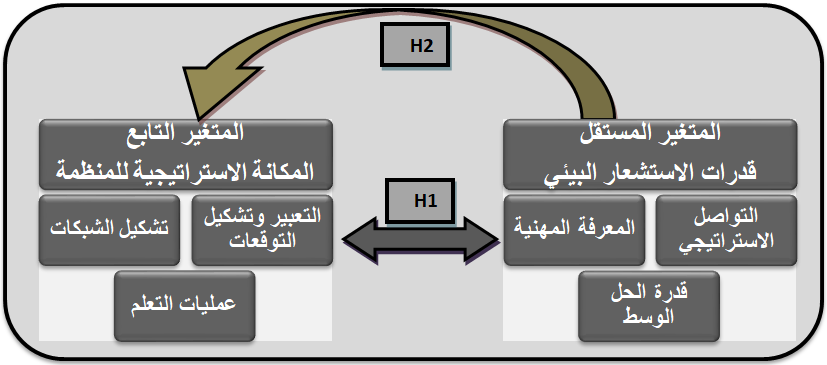Utilizing Boundary Spanning Capabilities To Enhance The Strategic Niche Of The Organization Analytical Research Of Sample Opinions Of Employees In Communications Companies
Abstract
One of the most important contributions of modern research in strategic management thought is to address the issues of boundary spanning capabilities and to highlight their role in enabling the organization to know its environment and how it affects the achievement of strategic niche of the organization, therefore, the research was based on determining the influence relationship between two variables: the boundary spanning capabilities, which included three dimensions (capability of strategic communication, capability of professional knowledge, capability of compromise) and the strategic niche of the organization, which included three dimensions (voicing and shaping of expectations, network formation, learning processes) on the basis of a fundamental problem that the impact of the boundary spanning capabilities on the strategic niche of the organization at the field level in the telecommunications companies operating in the holy governorate of karbala is not resolved(zain telecom, asia-cell, al-kafil umniah) and in order to determine which of the most influential boundary spanning capabilities in strategic niche of the organization. A random sample of 122 boundary spanner was selected in the boundary spanning units whose answers were tested and analyzed, the results of the statistical effort have made progress in impact after capability of strategic communication then capability of compromise and then capability of professional knowledge in the strategic niche of the organization .

Downloads
Published
How to Cite
Issue
Section
License
Copyright (c) 2024 Economics and Administration College - Karbala University

This work is licensed under a Creative Commons Attribution-NonCommercial-NoDerivatives 4.0 International License.
Authors retain the copyright of their papers without restrictions.









